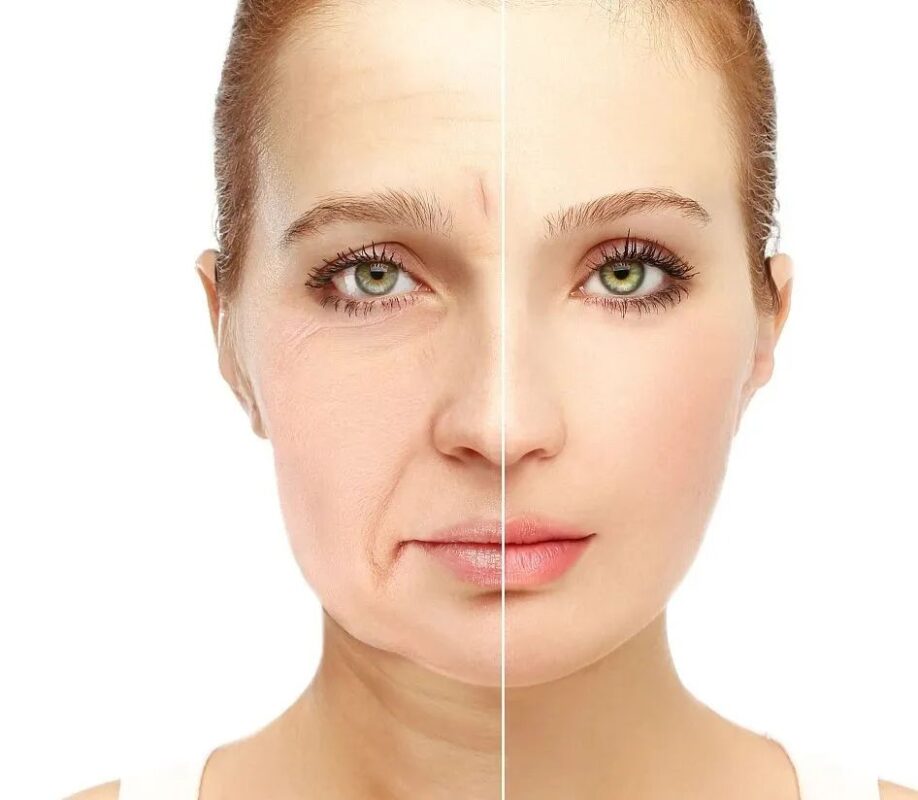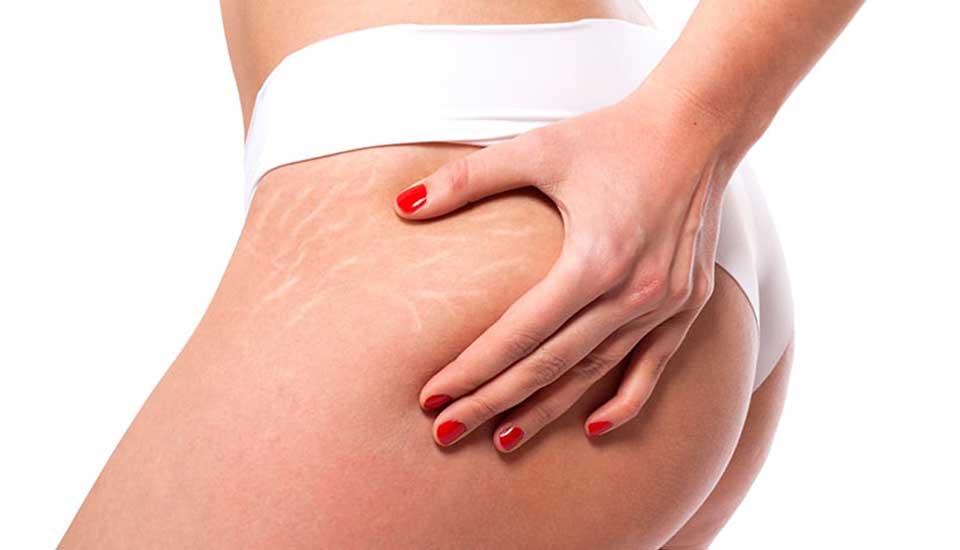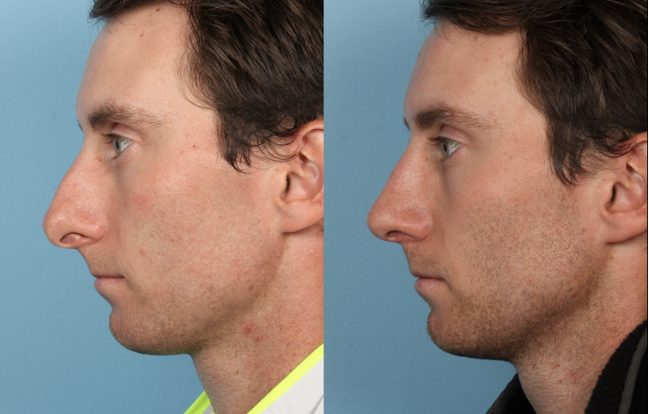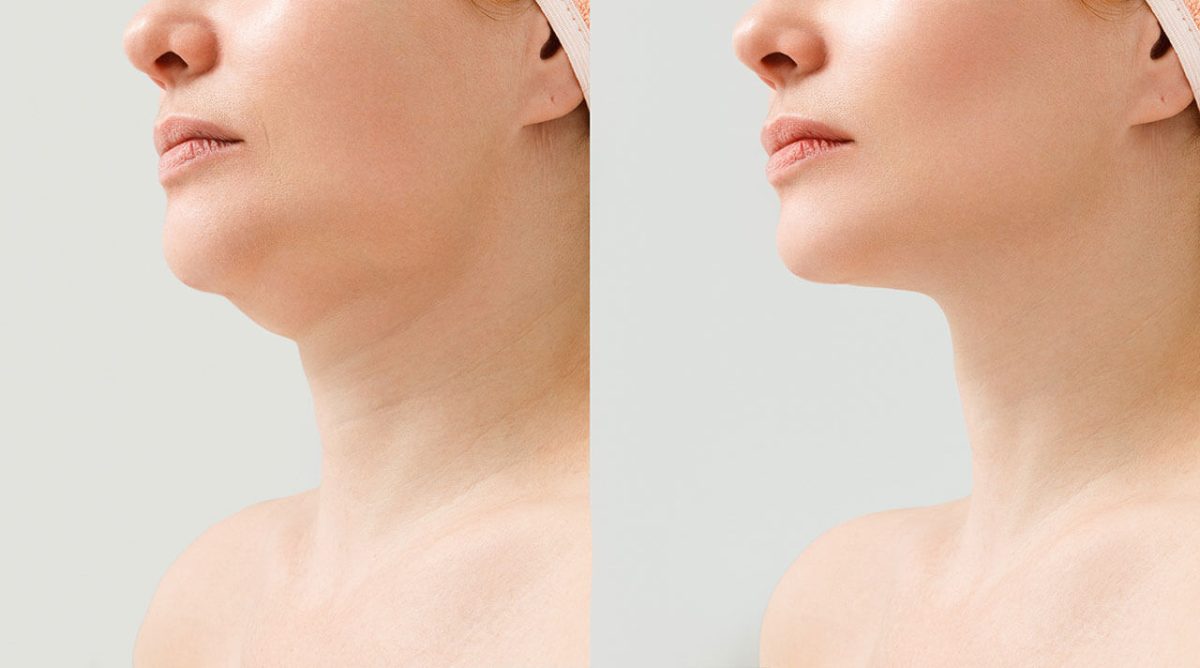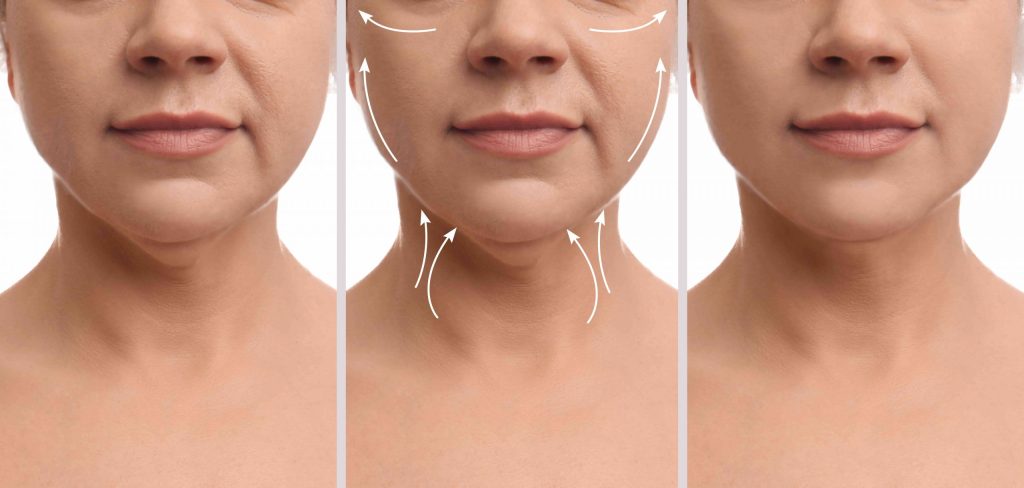In the ever-evolving world of cosmetic surgery, high definition liposuction emerges as a revolutionary technique, pushing the boundaries of traditional fat removal. Unlike its predecessors, this advanced procedure not only removes unwanted fat but also sculpts the body to highlight muscle tone and enhance natural contours. Originating in the early 2000s, it has rapidly gained popularity among those seeking more precise and visible results. With its ability to meticulously shape areas that are resistant to diet and exercise, high definition liposuction offers a new horizon in aesthetic enhancement.
Understanding Liposuction Basics
Definition
Liposuction, often referred to as lipo, aims to remove unwanted fat from the body. This procedure doesn’t serve as a weight-loss method but rather contours and refines the body’s shape.
It targets fat in areas hard to lose through diet and exercise alone. The primary goal is enhancing one’s appearance by eliminating stubborn fat.
Ideal Candidates
The best candidates for liposuction are individuals in good health with realistic expectations. They should be close to their ideal weight but struggle with localized fat deposits.
Good skin elasticity also plays a crucial role. It ensures the skin adjusts smoothly post-surgery. Those with firm, elastic skin achieve the best results.
Process Overview
The journey begins with a consultation where doctors assess if you’re fit for liposuction. They discuss your goals, health history, and any concerns you might have.
During the procedure, surgeons make small incisions and insert a thin tube called a cannula to break up and suction out fat cells. Techniques may vary based on specific needs and technology available.
Recovery varies among patients but generally involves rest and limited movement to aid healing. Swelling and bruising are common but diminish over time.
High-Definition vs Traditional Liposuction
Precision Targeting
High-definition liposuction takes body sculpting to the next level. Unlike traditional methods that focus on removing larger volumes of fat, high definition liposuction zeroes in on enhancing and defining muscles. This precision allows for a more sculpted appearance.
Traditional liposuction, while effective in fat removal, lacks the finesse to sculpt the body intricately. High-definition techniques, however, excel at accentuating muscle tone and creating a more athletic look.
Technological Advancements
The technology behind high-definition liposuction is what sets it apart. Advanced equipment and techniques enable surgeons to shape areas with exceptional detail. This includes removing small amounts of fat to reveal underlying muscle structures.
These technological leaps make high-definition procedures more complex but also allow for customized contouring not achievable with traditional methods.
Candidacy Differences
Not everyone is a candidate for high-definition liposuction. It requires individuals to have a lower body fat percentage from the start. This prerequisite ensures there’s enough definition possible post-procedure.
In contrast, traditional liposuction can be performed on a wider range of body types. It focuses more on bulk fat reduction rather than detailed contouring.
Techniques in High-Definition Liposuction
VASERlipo Technology
VASERlipo stands out for its use of ultrasound technology. This method targets fat cells with precision, leaving surrounding tissues unharmed. It involves making small incisions to insert a probe that emits ultrasound energy. This energy breaks down fatty tissue, making it easier to remove.
Surgeons prefer this technique for its efficiency and minimal invasiveness. Patients often experience less discomfort and quicker recovery times compared to traditional liposuction.
Power-Assisted Liposuction
Power-assisted liposuction (PAL) enhances the precision of fat removal and body sculpting. It employs a vibrating tool that loosens fat cells more effectively than manual methods. This allows plastic surgeons to sculpt the body with greater detail and accuracy.
PAL is particularly useful in areas with dense fat deposits or where more subtle contouring is required. The result is a smoother, more natural-looking finish that patients desire.
Ultrasound-Assisted Liposuction
Ultrasound-assisted liposuction (UAL) targets areas of dense fat while also tightening the skin. A key advantage of UAL is its ability to reach difficult-to-treat areas, delivering more comprehensive results.
Target Areas and Procedure Details
Common Targets
High-definition liposuction zeroes in on specific areas to sculpt the body meticulously. The abs, arms, and thighs are among the most sought-after targets. Patients seek these areas for their potential to dramatically enhance one’s physique.
The treatment area becomes a canvas where precision meets aesthetics. This process allows for an enhanced contour that aligns with the patient’s desires.
Pre-procedure Mapping
A crucial step in this journey involves pre-procedure mapping. This stage sets the groundwork for achieving the desired sculpting results.
During a consultation appointment, specialists discuss and mark out specific patient areas. They plan how to best approach each site for optimal outcomes. Such meticulous planning ensures that every curve and angle is considered.
Step-by-Step Guide
The procedure kicks off with anesthesia to ensure comfort throughout the process. Next, a small probe makes its way into targeted tissue through tiny incisions.
This method employs specialized cannulas designed not just for fat removal but also for precise sculpting under the skin surface. Each step of this guide from anesthesia application to using devices signifies advancement towards achieving a refined silhouette.

Timeline for Visible Results
Realistic Expectations
Setting realistic expectations is crucial after undergoing high definition liposuction. While the procedure targets areas discussed previously, final results take time to manifest fully. Typically, patients may start to see a more toned appearance within a few weeks, but the complete outcome unfolds over several months.
The body needs time to heal. Initially, swelling masks the procedure’s effects. As this swelling subsides and the body adjusts, the refined contours begin to emerge more clearly.
Healing Process
Every individual heals differently. Factors such as the extent of fat removed and one’s personal healing capabilities play significant roles in how quickly visible results appear.
For some, noticeable changes might be evident sooner if smaller amounts of fat were extracted or if their bodies recover swiftly. Others might need more time before observing the full benefits of their high definition liposuction.
Gradual Improvement
The journey towards achieving an ideal body contour is gradual. Patients should not expect overnight miracles but rather a progressive enhancement in their shape.
As weeks pass by post-surgery, one can witness continuous improvement in their physique. This process involves both reduction in swelling and skin adjusting to new contours—leading towards that sought-after toned look.
Recovery Insights and Expectations
Recovery Timeline
The journey to full recovery after high definition liposuction involves patience and adherence to medical advice. Initially, patients should expect a downtime of about one to two weeks. During this period, engaging in heavy physical activities is discouraged.
Gradually, individuals can return to their normal routines. However, it’s crucial to follow the surgeon’s guidance closely. Full recovery and the final shaping of the body might take up to six months.
Post-Operative Care
Following post-operative instructions is key for a smooth recovery process. These guidelines help minimize complications such as infections or irregular contours.
Patients are often advised to wear compression garments. This aids in reducing swelling and supports the healing tissues. Adhering strictly to these instructions accelerates healing and ensures optimal results.
Sensations and Management
Swelling, bruising, and discomfort are common sensations experienced after high definition liposuction. These symptoms typically peak within the first few days post-surgery but gradually subside over time.
Pain management includes prescribed medications or over-the-counter pain relievers recommended by the surgeon. It’s important for patients not only to manage discomfort but also to monitor their bodies for any signs of complications during this period.
Achieving Optimal Outcomes
Healthy Lifestyle
Maintaining the results of high definition liposuction extends beyond the procedure itself. It requires a commitment to a healthy lifestyle. This includes balanced eating and regular exercise. These practices are crucial for healing and preserving the enhanced appearance.
A good candidate understands this commitment. They know it’s about more than just surgery; it’s about embracing changes that promote long-term good health.
Skilled Surgeon
The choice of surgeon makes a significant difference in achieving desired outcomes. Only skilled and experienced professionals can tailor the procedure to meet individual needs effectively. They use advanced technologies to sculpt and enhance muscular definition, ensuring natural-looking results.
Consultation with your surgeon is essential. It helps set realistic expectations and understand what high definition liposuction can achieve for you.
Touch-Up Procedures
Even with optimal care, some individuals may require touch-up procedures. These are not failures but adjustments. They refine results or address new areas of concern as your body changes over time.
Touch-ups ensure that your appearance continues to match your vision for yourself, maintaining satisfaction with the outcome.
Importance of Post-Treatment Care
Compression Garments
After high definition liposuction, wearing compression garments is crucial. These garments aid in healing and shaping the body by applying even pressure to the treated areas. They help reduce swelling and can prevent fluid build-up. Patients must follow their surgeon’s instructions on how long to wear these garments for optimal results.
Compression garments also offer support to the newly contoured areas, ensuring that skin and tissues adjust properly as they heal. This support is essential in achieving the desired aesthetic outcome.
Lymphatic Massages
Lymphatic drainage massages play a significant role in post-treatment care. They are designed to reduce swelling and promote faster recovery by enhancing the lymphatic system’s function. This specialized massage technique helps remove excess fluids and toxins from the body post-surgery.
Patients often report feeling relief from discomfort after these massages, highlighting their importance in the recovery process. Regular sessions can significantly improve outcomes by speeding up healing time and reducing downtime.
Follow-up Appointments
Attending all scheduled follow-up appointments is vital for patient safety and recovery monitoring. These appointments allow surgeons to assess healing progress, address any complications promptly, and ensure that recovery is on track.
Follow-ups provide an opportunity for patients to ask questions about their care regimen or express concerns about their recovery process. They are a key component of successful post-operative care, ensuring complications are caught early and managed effectively.
Summary
High-definition liposuction stands out as a game-changer in body sculpting, offering precision that traditional methods can’t match. You’ve seen how it works, where it shines, and what you can expect during recovery. This technique is more than just fat removal; it’s about crafting the exact look you’re after. Whether targeting stubborn areas or seeking more dramatic results, high-def lipo gives you control over your body’s contour with detailed outcomes.
Remember, achieving the best results hinges on following through with post-treatment care and maintaining a healthy lifestyle. Your journey doesn’t end with the procedure; it’s a stepping stone towards the physique you’ve always wanted. Ready to take the next step? Consult with a certified specialist who understands your vision. Together, you’ll craft a plan that brings out your best self. Let’s make your dream body a reality.
Frequently Asked Questions
What is the difference between high-definition and traditional liposuction?
High-definition liposuction offers more precise fat removal and muscle definition compared to traditional liposuction, which primarily focuses on bulk fat reduction.
How does high-definition liposuction work?
This technique uses advanced technology to remove fat around muscle groups, enhancing the visibility of natural contours and achieving a sculpted appearance.
What body areas can benefit from high-definition liposuction?
Common target areas include the abdomen, chest, back, arms, and thighs where it accentuates the underlying musculature for a more defined look.
How long does it take to see results from high-definition liposuction?
Visible improvements appear as swelling decreases, typically within 1-3 months post-procedure. Optimal results are usually seen after 6 months as the body fully recovers.
What should I expect during recovery from high-definition liposuction?
Expect mild discomfort and swelling initially. Recovery varies but most return to light activities within a few days. Full recovery guidance will be provided by your surgeon.
How can I achieve optimal outcomes with high-definition liposuction?
Following your surgeon’s pre- and post-operative care instructions closely, maintaining a healthy lifestyle, and having realistic expectations are key factors in achieving optimal results.
Why is post-treatment care important after high-definition liposuction?
Proper post-treatment care is crucial for minimizing complications, reducing swelling faster, and ensuring the longevity of your sculpted physique.





